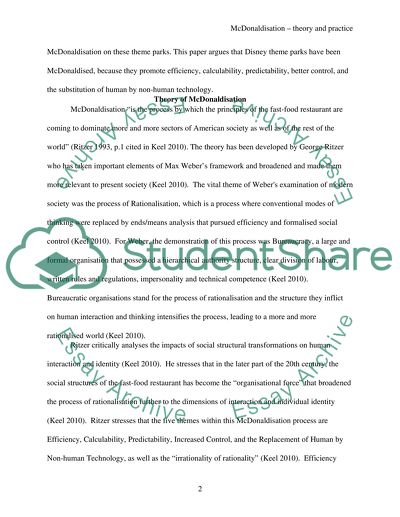Cite this document
(“McDonaldisation of Disney Theme Parks Essay Example | Topics and Well Written Essays - 2500 words”, n.d.)
Retrieved from https://studentshare.org/environmental-studies/1411501-mcdonaldisation-yt-theory-and-practice-a-case
Retrieved from https://studentshare.org/environmental-studies/1411501-mcdonaldisation-yt-theory-and-practice-a-case
(McDonaldisation of Disney Theme Parks Essay Example | Topics and Well Written Essays - 2500 Words)
https://studentshare.org/environmental-studies/1411501-mcdonaldisation-yt-theory-and-practice-a-case.
https://studentshare.org/environmental-studies/1411501-mcdonaldisation-yt-theory-and-practice-a-case.
“McDonaldisation of Disney Theme Parks Essay Example | Topics and Well Written Essays - 2500 Words”, n.d. https://studentshare.org/environmental-studies/1411501-mcdonaldisation-yt-theory-and-practice-a-case.


